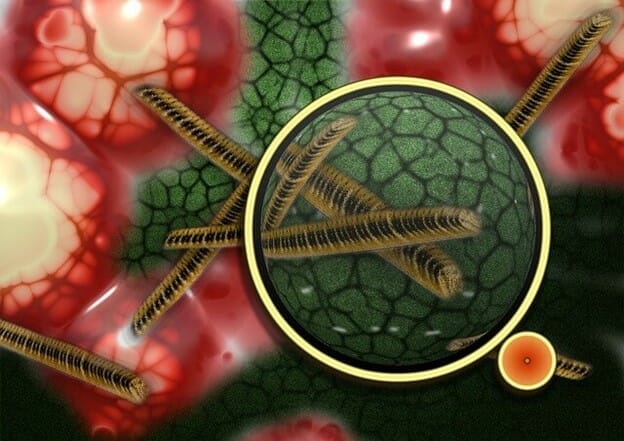Dermatology
Bacterial Skin Infections in Dogs – Bacterial Culture and Susceptibility Testing

Bacterial skin infections in dogs are a common problem encountered in small animal practice. Such infections are almost always secondary to a primary pruritic (itchy) skin problem such as flea bite hypersensitivity, atopic dermatitis, cutaneous adverse food reaction, and other parasitic infestations such as sarcoptic mange. Infection may increase the itch associated with these primary diseases. Infections may also be a secondary problem in non-pruritic conditions affecting the skin such as canine demodex, hypothyroidism, hyperadrenocorticism, keratinization abnormalities, sebaceous adenitis, and follicular dysplasias. When present, such bacterial infections may cause itch in otherwise non-pruritic conditions.
When bacterial cultures are used
A bacterial culture and susceptibility test is indicated when and infection does not resolve with treatment using an appropriate antibiotic, prescribed at the right dosage and administered for the appropriate amount of time. Bacterial culture and susceptibility testing is always indicated for deep infections, if rod shaped bacteria are seen upon evaluation of cytology specimens, if the dog has a history of being exposed to a lot of antibiotics, or if the dog appears to be systemically ill.
Bacterial cultures are done to isolate (grow and identify) the bacteria causing the skin infection. Antibiotic susceptibility testing is performed on the isolate to generate a list of antibiotics effective at treating the specific bacteria cultured. Minimum inhibitory concentrations (MICs) are also generated by the laboratory to guide dosing of the antibiotics. Thus, the result of the test names the bacteria and lists antibiotics for which the bacteria are resistant, susceptible, or intermediate in susceptibility to.
What happens during a bacterial culture
The veterinarian will collect a sample from the skin. Collection of pus aspirated or carefully exuded from pustules are the best lesion to submit to the laboratory for culture. Papules from which exudate may be expressed, elevation of the edge of an epidermal collarette, or careful sampling of exudate collected from beneath an elevated crust are also good lesion choices. On occasion, if the above are not present, and papules or affected tissue are the only lesions, a skin biopsy may be performed to collect a sample of affected skin for a macerated tissue culture. Draining tracts or sites where other bacteria may be contaminating the infection site should not be sampled, as you will likely get contaminants.
We recommend that specimens be submitted to a veterinary diagnostic laboratory where microbiologists may follow the specimen and perform additional testing on the bacterial isolate when needed. These laboratories use specific standardized guidelines for reporting the antibiotic susceptibility results and are equipped to identify veterinary pathogens correctly.
Do you think your dog is suffering from a bacterial infection? Find a dermatologist at a MedVet near you.
Recommended Reading: